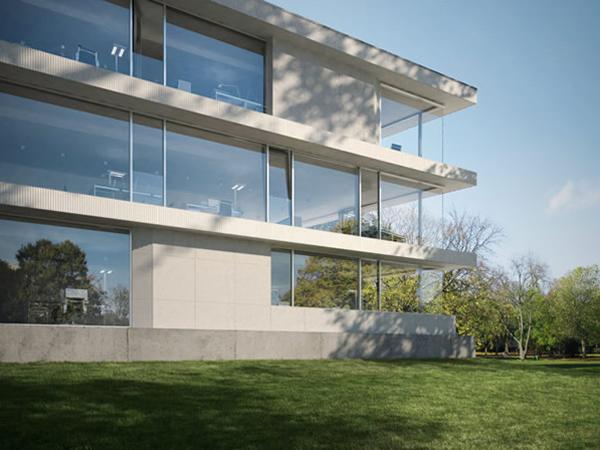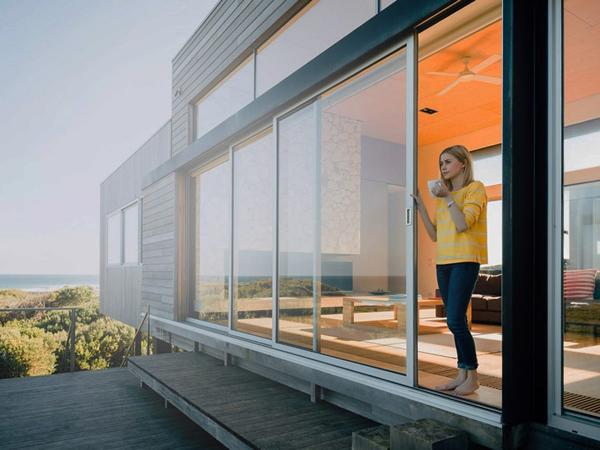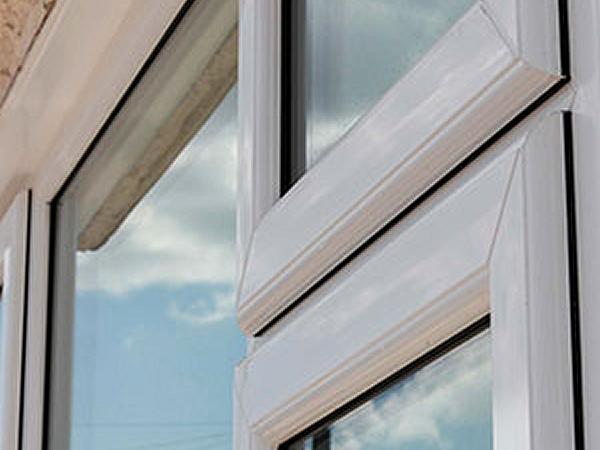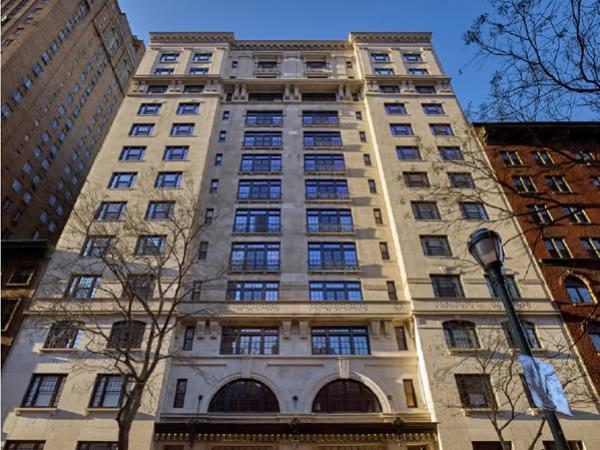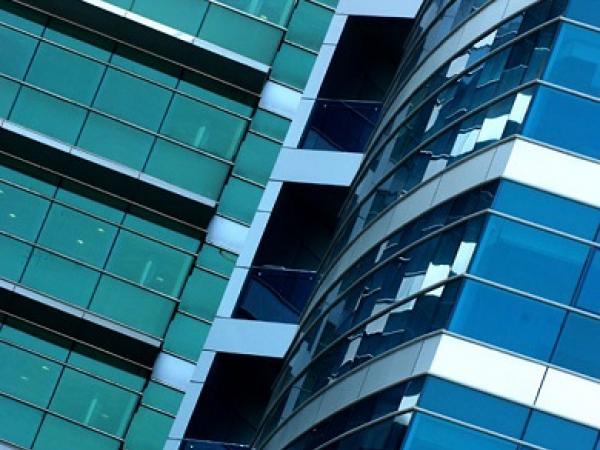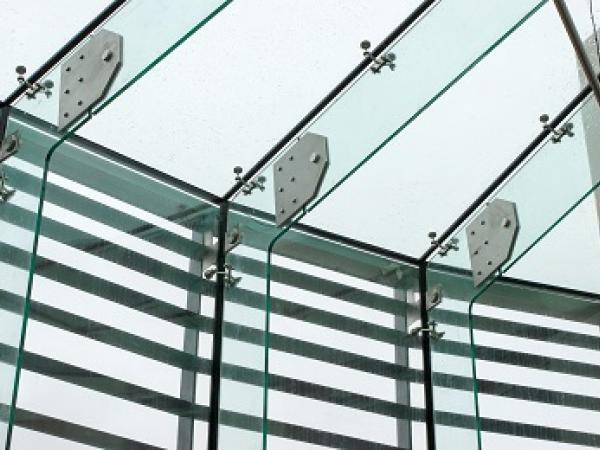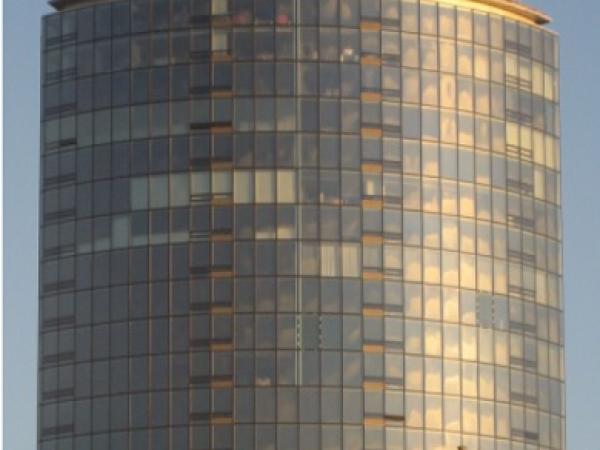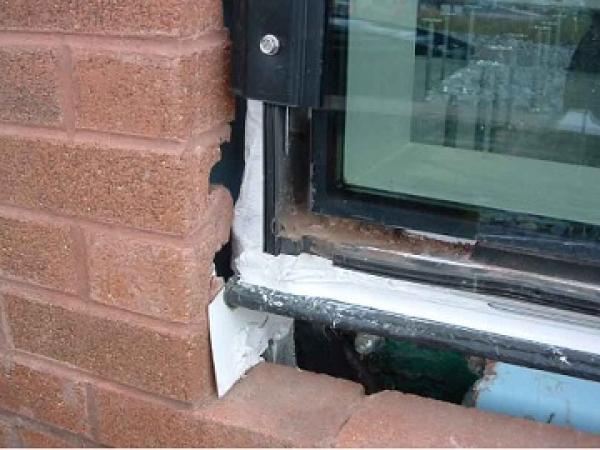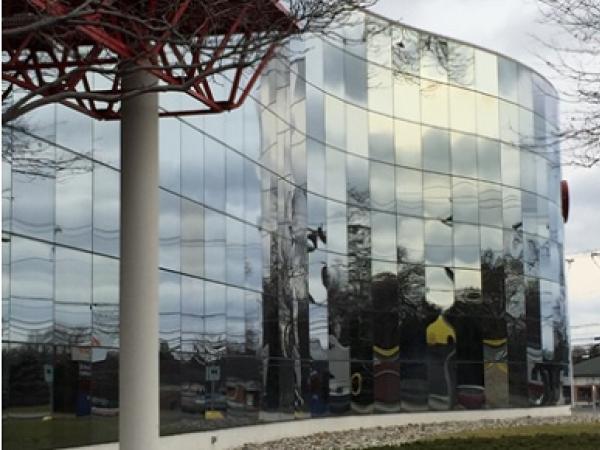Others also read
| A facade shouldn’t just dictate how a building looks, but how it works — especially in the harsh climate of Saudi Arabia.
| This article will focus on the edge stability of PVB and ionoplast laminates and address the potential causes of blemishes.
| This blog post was written based on an interview with M.Sc. (Chem.) Santtu Jolkkonen, Sparklike's Service and Maintenance Manager, who has been working as technical support specialist for Sparklike over a decade.
| Case Studies of the Aesthetic Qualities and Possibilities of Glass in Architectural Design.
| Glass is a fantastic material… but sometimes it breaks.
| Structural glass can be used as a fantastic alternative to a traditional façade system.
| To provide stiffness, shading and privacy with abundant daylight and a feeling of openness for restaurant extensions and an entrance canopy to a London hotel, we used glass sandwich panels with aluminium honeycomb core.
| Minor edge damage during glass handling, a scratch or nick during installation, a design flaw, or a natural imperfection in the glass could all result in spontaneous breakage.
| The term ‘Wind Load’ is used to refer to any pressures or forces that the wind exerts on a building or structure. There are actually three types of wind forces that would be exerted on a building.
| We all know the basic function of a window and why we think it’s important to the design and functionality of our home – to let in the light and allow us to see our surroundings.
| Double glazing is the practice of using two panes of glazing within your home’s windows as opposed to one.
| When it comes to glazing your self-build, extension, or renovation project, it’s easy to feel overwhelmed by choice.
| The AGI educational series illustrates and describes common glazing challenges as a means to communicate best practices for the design and construction industry, not as a sole source for design guidance.
| sedak GmbH & Co.KG, Germany, operates the largest insulating glass line in the world – about extraordinary glass processing and the role of LiSEC.
| Multiple glass options offer customized ways to suit different building needs.
| Today’s functional buildings tend to have shapes that go much further than pure expediency, and glass is therefore used more and more frequently as a structural support element.
| In August 2013, the LiSEC development team started a major project with the mission: redesign of the tempering furnaces in order to save manufacturing costs and at the same time increase the process reliability. Result: the AEROFLAT.
| A desire for more thermally efficient glazing systems has led the development of new proprietary triple and even quadruple glazed insulated glazing units (IGUs) to be used in some buildings.
| For the past five years, Nile Aluminium & Metals Company, or AluNile, has had very positive experiences with Glaston's first FC500™ tempering furnace sold outside Finland.
| Curtain wall, storefront glass, and windows are everyday parts of building design and construction. Like all parts of a building exterior, glazing elements have to meet the fundamental functional
| Glass, a material with the unique property to let light inside an area, is normally used in building practice as just an enclosure. Its use in facades is also due to its chemically inert properties; it can be cleaned easily and remains good for many years.
| Spandrel glazing has developed to a stage where more efficient insulation can generate higher thermal stresses than can normally be resisted by heat strengthened (HS) glass on which ceramic enamel (frit) has been applied.
| Thanks to on-going research and development efforts glass products can take on ever new functions.
| Finding ways to improve energy efficiency is one of the greatest challenges facing contemporary architecture.
| Frank Lloyd Wright's reasoning for the building design was that he wanted the Kaufmann family to live with the waterfalls, to make them part of their everyday life, and not just to look at them now and then.






